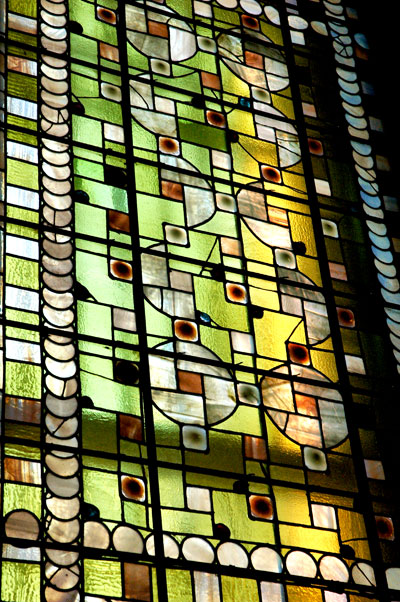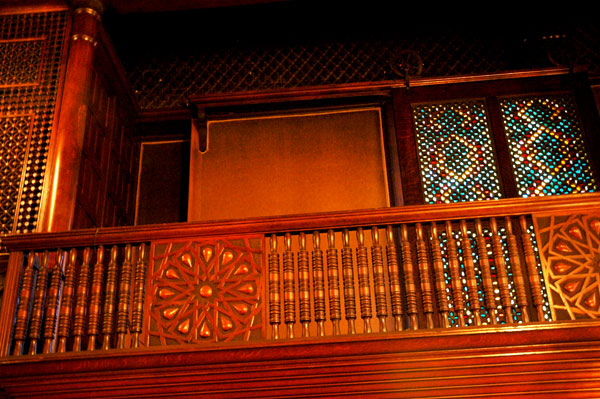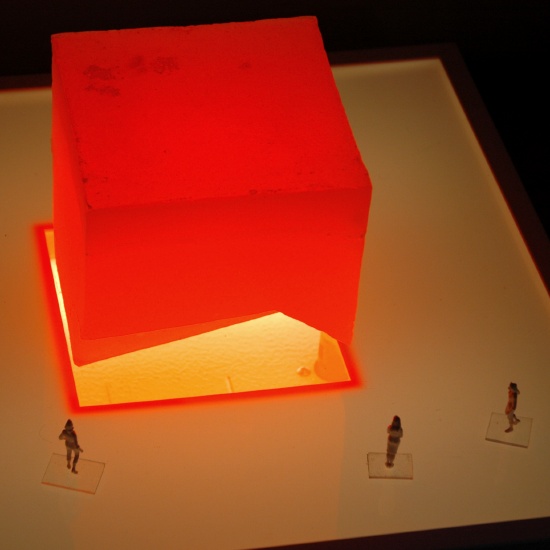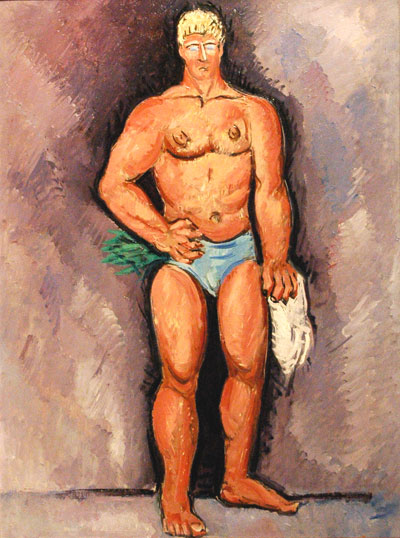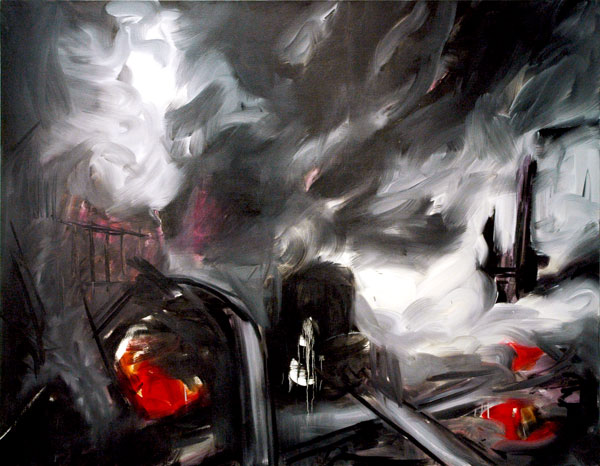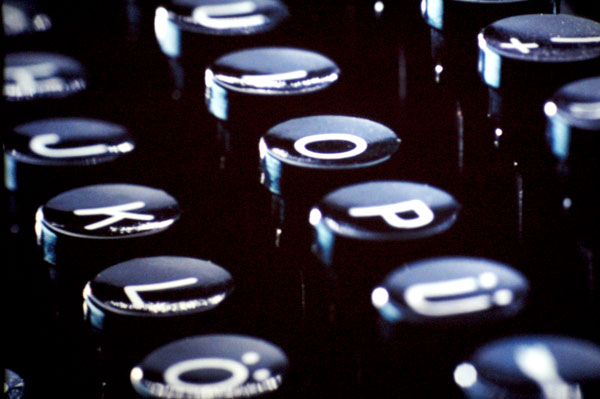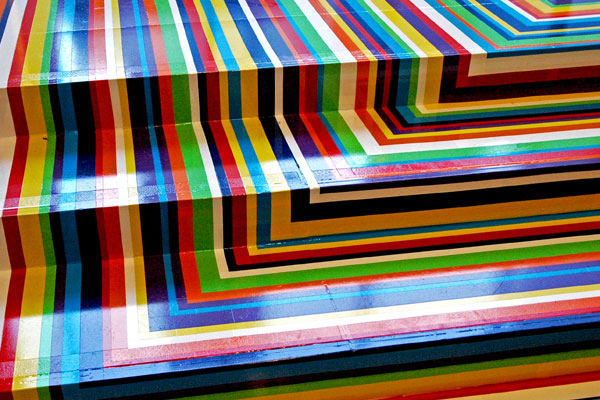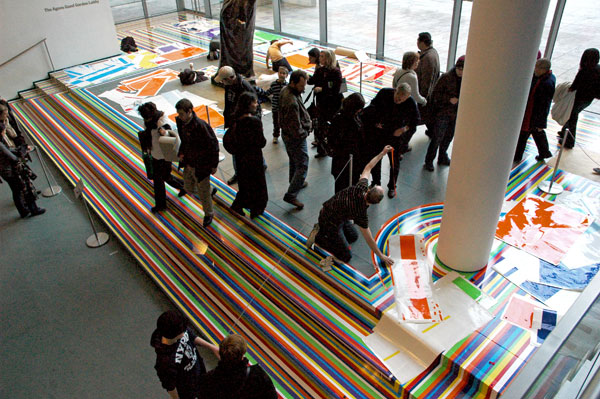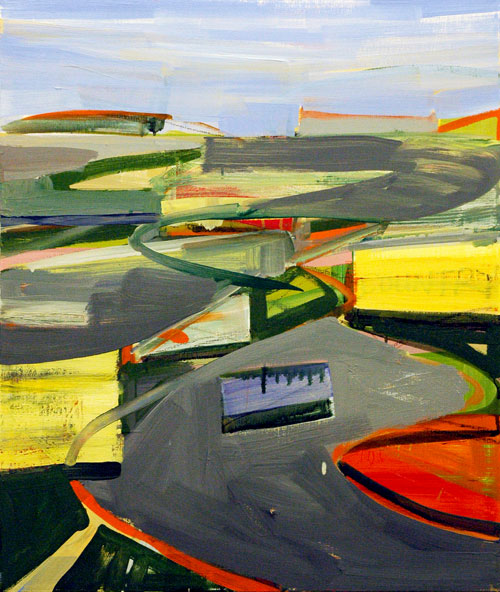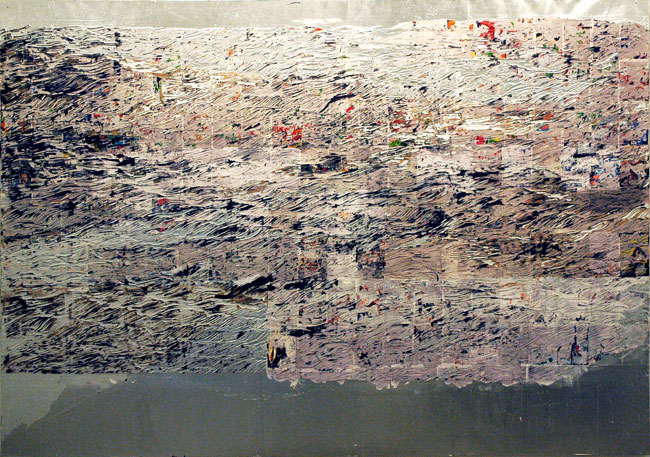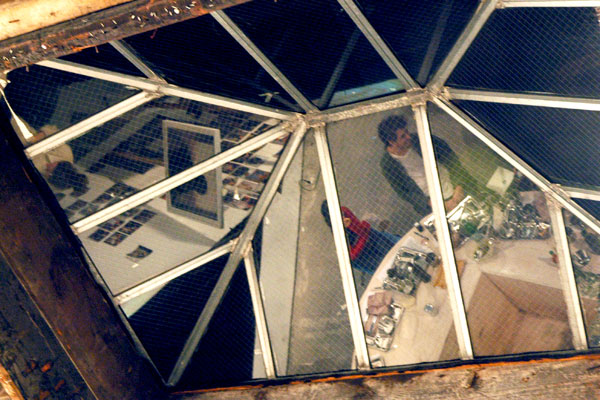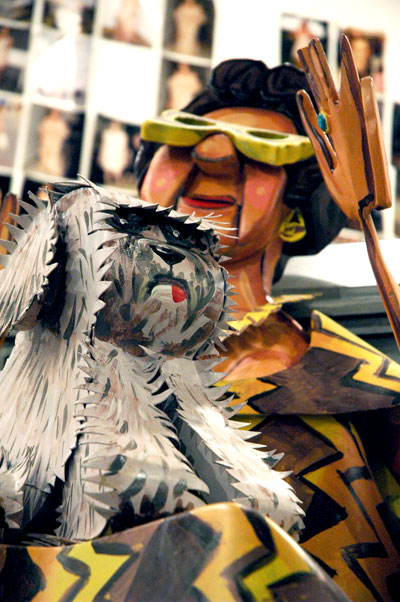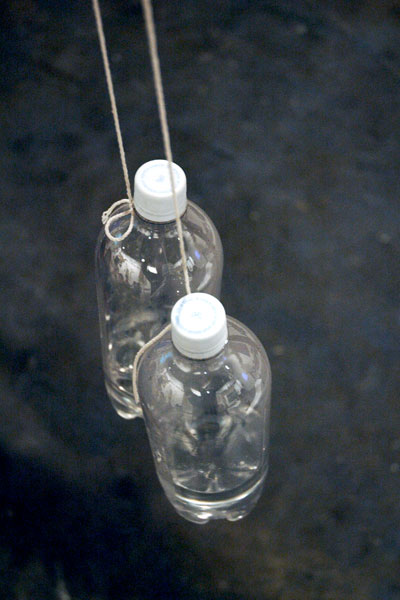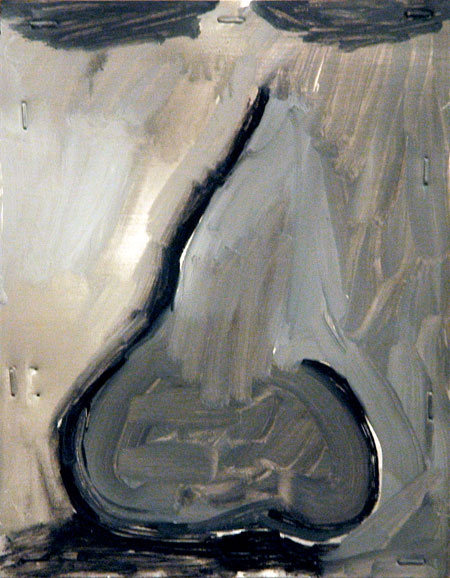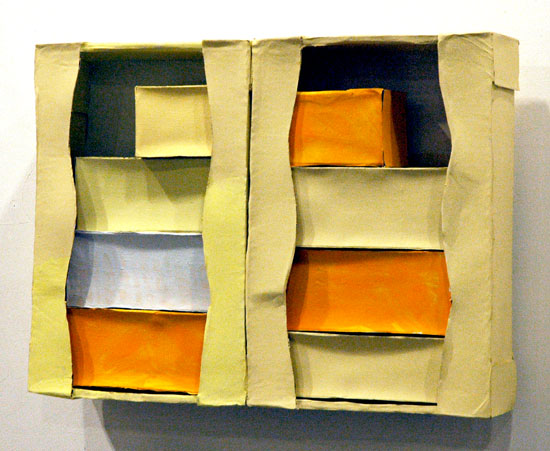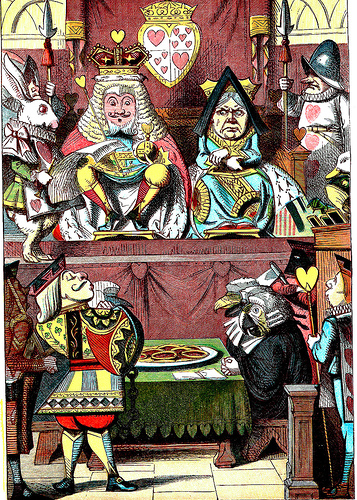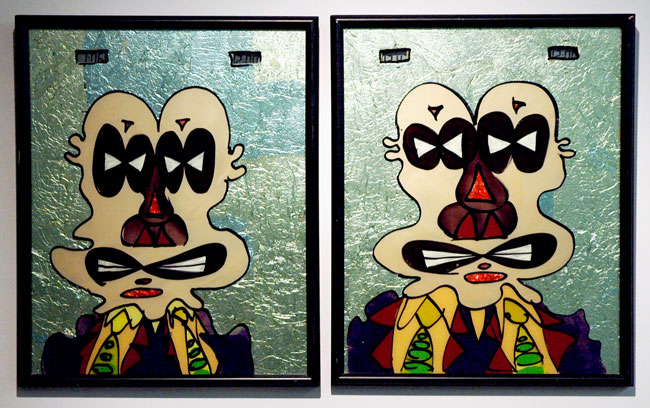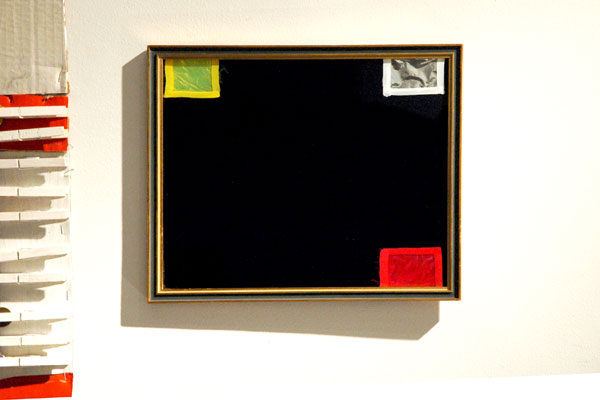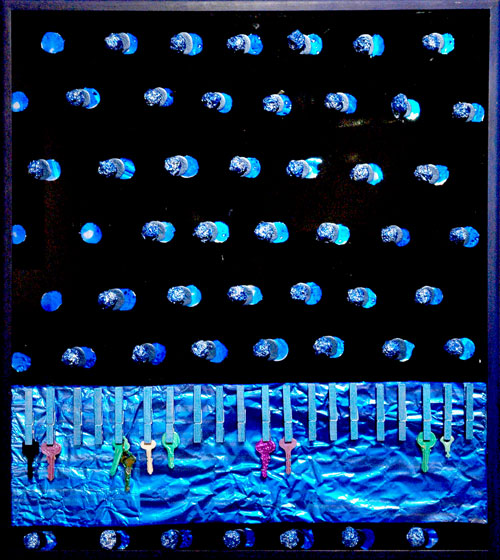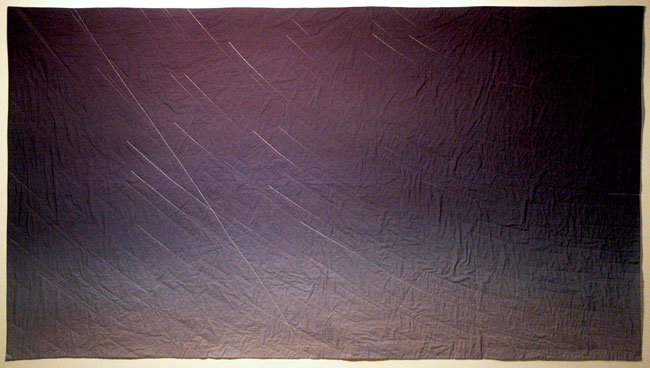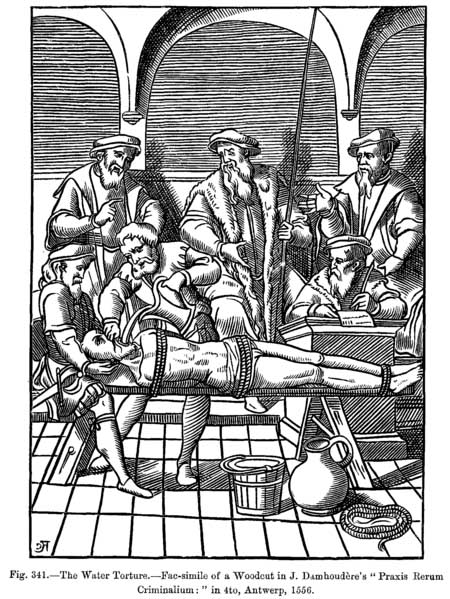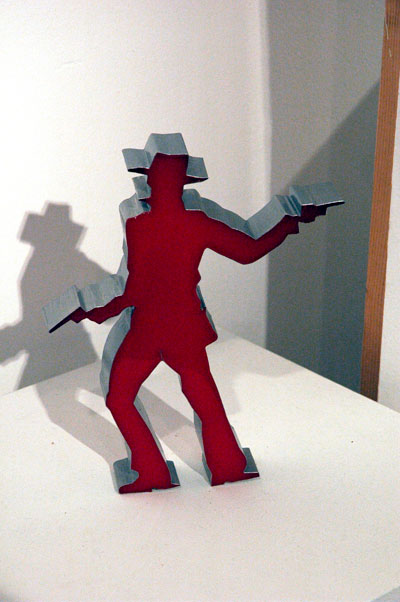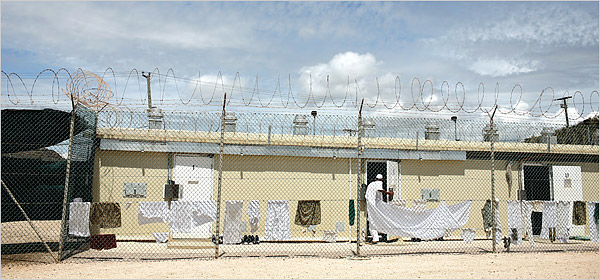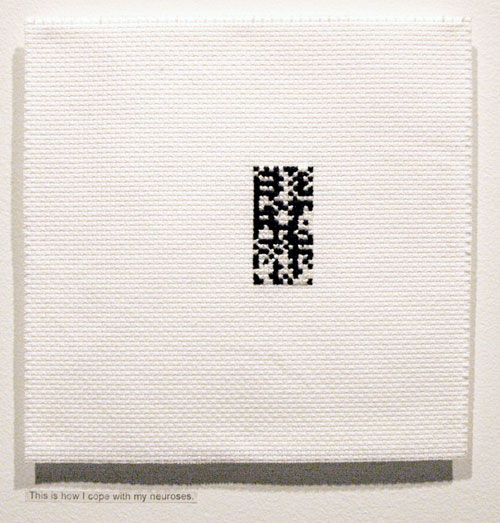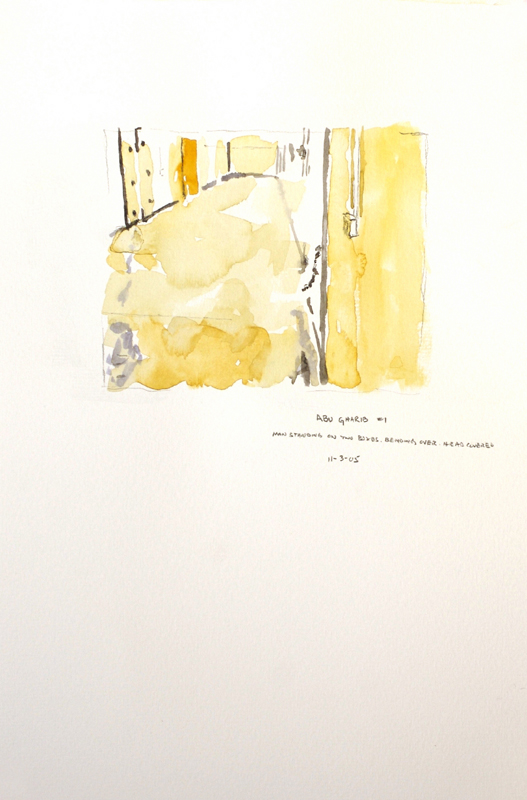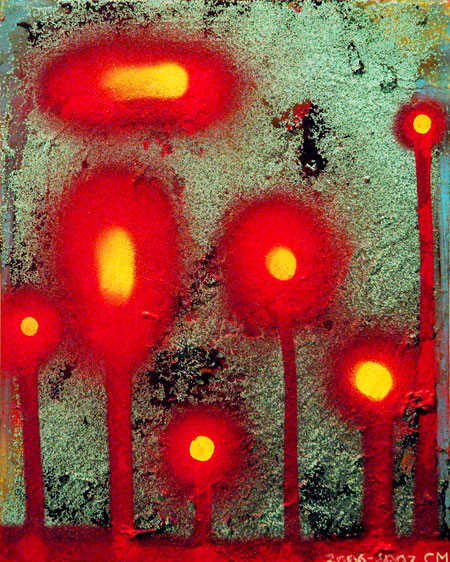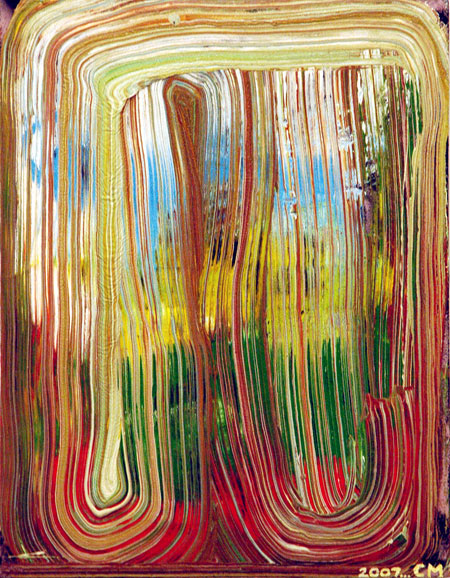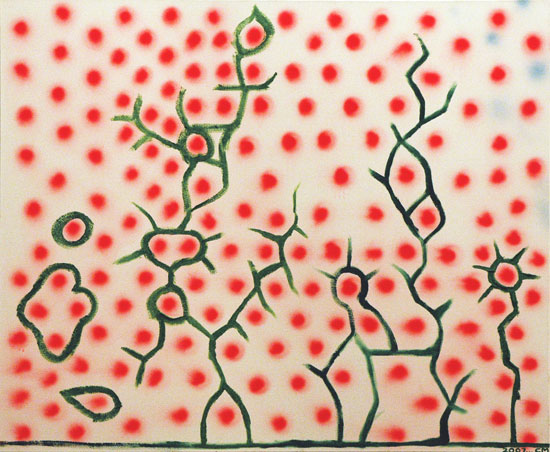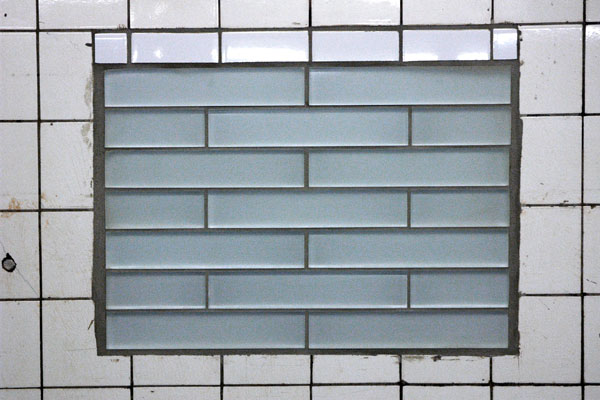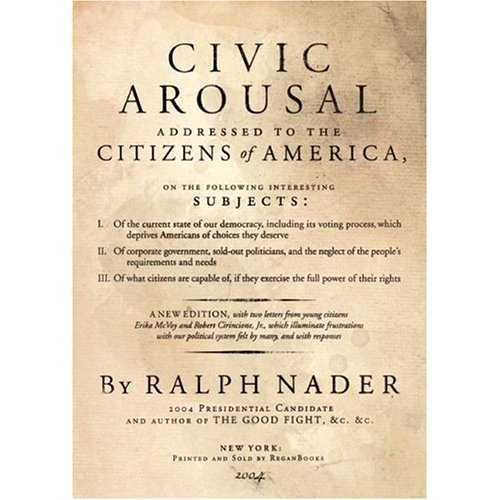
Common Sense, so uncommon today
The candidate is a brilliant man of the highest integrity. He is generous, dedicated public servant responsible for world-altering reforms which have saved, literally, countless lives. In the words of one of his published critics:
More than any other single person, Ralph Nader is responsible for the existence of automobiles that have seat belts, padded dashboards, air bags, non-impaling steering columns, and gas tanks that dont readily explode when the car gets rear-ended. He is therefore responsible for the existence of some millions of drivers and passengers who would otherwise be dead. Because of Nader, baby foods are no longer spiked with MSG, kids pajamas no longer catch fire, tap water is safer to drink than it used to be, diseased meat can no longer be sold with impunity, and dental patients getting their teeth x-rayed wear lead aprons to protect their bodies from dangerous zaps. It is Naders doing, more than anyone elses, that the federal bureaucracy includes an Environmental Protection Agency, an Occupational Safety and Health Administration, and a Consumer Product Safety Commission, all of which have done valuable work in the past and, with luck, may be allowed to do such work again someday. He is the man to thank for the fact that the Freedom of Information Act is a powerful instrument of democratic transparency and accountability. He is the founder of an amazing array of agile, sharp-elbowed research and lobbying organizations that have prodded governments at all levels toward constructive action in areas ranging from insurance rates to nuclear safety. He had help, of course, from his young raiders, from congressional staffers and their bosses, from citizens, and even from the odd President. But he was the prime mover. - Hendrik Hertzberg, in The New Yorker, March, 2004
He is a highly-educated man. His first languages are Arabic and English, and he later acquired Chinese, Russian, Spanish, and Portuguese. He is a crusading attorney, a prolific writer, and he tirelessly delivers speeches with an energy, eloquence and control equal to that of the best nineteenth-century orators. His entire life has been dedicated to public service. An enormously important social critic, but a very private man, he hasn't been content with the role of intellectual gadfly. Instead he has moved into the more dangerous stage of a personal political activism, most dramatically (but gently) regularly entering himself as a candidate for the Presidency since 1992.
He has been absolutely correct on every issue with which his candidacy has been associated, but the fundamental issue which underlay everything he stood for in each of these elections and which underlies it today is the most important of all: The stranglehold of corporate power over the nation's political institutions and the economy. Nader is properly disgusted with the Republicans and Democrats equally on this issue.
No other candidate, compromised as they are, can or will ever address this problem, but until it is addressed and resolved there will be no real change, This is the strength of the argument and the campaign identified with a man who, remarkable as it may be, seems to have no personal ambitions for political office.
But so many reject him at the polls, even though they must know he is absolutely right.
My countrymen vote over and over again for far lesser candidates, but for many blind partisans it isn't enough to simply refuse to support the man and his principles. Nader has to be wiped off the ballot so that no one else can vote for him. The man has to be eliminated from the scene altogether, and this must be done with a venom and an implied violence that often surpasses that directed at Bush and the Republicans who created him.
Yesterday a friend of mine sent an email around to a number of people he knew bearing the subject line, "stop him before he kills again". It was basically a short note with a hysterical warning about the old bugbear of a Ralph Nader candidacy. There was a link to a story speculating about the former candidate's plans.
I have no idea where this rabid nonsense comes from about Nader being responsible for all of our travails since the coup which brought us a Bush presidency, but it reminds me of the continuing popularity of the myth which would have Saddam Hussein responsible for 9/11.
I had first replied to my friend that Nader never was the problem, is not now and will not be the problem should he decide to run again. I had been most upset about the email's call, "stop him before he kills again". I asked what that was supposed to mean, and suggested that everyone has the right to run for office. I couldn't help adding that this should be especially important if she or he is right, unlike the competition anointed by the corporations, party bosses and the media.
His response was that "flighty principles" have to be thrown aside and that pragmatism is now the order of the day. He also referred to a comment from a friend of his who suggested that a vote for Nader was a "self-satisfying" act at a time when the Bush menace threatened and that "pragmatism" was now the order of the day.
I couldn't simply go back to him with another reply; I was spending too much time on the subject to keep it just between the two of us. Like any good blogger, I decided to do a post instead.
Let me say first that I don't vote in a way to show or feel that I'm right. My votes are never "self-satisfying". In fact, if I wanted to satisfy myself I'd vote Republican or not at all (the former in the interest of my pocket, the latter in order to accept the basic lie of our system and for my peace of mind).
Politics really are an almost full-time occupation for me, and they've been so at least since I sort of campaigned for Dewey in 1948 [yeah, but I've gotten smarter, and my parents can't influence me now], yet I leave the strategizing and maneuvering up to the politicos. It's the strategizing and maneuvering that produces the abominations which occupy (and always occupy) the highest offices in the nation. It's the strategizing and maneuvering that gives do-nothing Congresses and play-it-safe presidents. It's the strategizing and maneuvering that arranges things so that the professional politician's own special, vetted confederate gets in.
Am I the only one bothered by the fact that American political life has almost nothing to do with "policy" [def. "a course or principle of action adopted or proposed by a government, party, business, or individual"]?
Electoral politics are not a "game" for me, although most Americans seem to see it that way, and the American media definitely plays it that way. Sadly however, the game approach may in fact make a lot of sense, since what we continue to refer to as "politics", in this country, are not the politics of a free and democratic society. The system has always been in the hands of the powerful. Originally that meant powerful, wealthy individuals, but in the nineteenth century it came to mean powerful corporations, and the Supreme Court certified that development. Our Congress, our Executive Branch and our Supreme Court are all the product of collaborating or competing corporate interests; everything is arranged for profit. The policies you or I vote for are the policies of the candidates and office holders only if they are the policies of the corporations which created them.
Nader has been the only modern candidate for the office of President who has ever told the truth about corporate ownership of Congress and the White House and he has founded his candidacy on a fundamental change in the system. Kucinich has been almost equal to Nader in his dedication to a cause which should be the priority of every citizen. I have voted for both men, whenever I have had the opportunity and with the best conscience. It doesn't "satisfy" me to do so, because I've known each time I did so that the corporations and the media were ensuring that what my candidate stood for would remain invisible to the voters who most need them and who would gain the most from their election.
In a 2004 post I quoted a letter to the NYTimes by Alexi Arango which I thought perfectly explains what drives Nader's repeated candidacies:
Ralph Nader's central thesis is that corporate influence on lawmakers is a greater danger to democracy than even a Bush presidency. In this context, Mr. Nader's run for president is easier to understand.
Nader has never killed anyone, and he's not going to start now. He runs for office because the Democrats have totally abandoned what they represent they stand for, but he runs for office above all because the party (including both Clinton and Obama) is in the pay of the corporations. In fact in a very real sense today we all live in "the company town". You may think these are desperate times which demand that I and every other voter, even the smart ones, dance with the big donkey, but I think the times are more desperate than most people realize and I know that nothing will change if we continue to accept the lie about our electoral freedom. It's the Democrats who threw away the 2000 election, and every election since, including the Congressional elections. By now we have no excuse for not knowing how or why.
It's up to the Democrats to defeat or overcome a Nader candidacy by making it unnecessary or redundant. To decide to change nothing, but to demand that his candidacy and that of any other true reformer be prevented so that we might get more of nothing (Democratic "winners" forever and ever stuffed into corporate pockets) is simply to assume an absurd position, not a pragmatic position.
Looking at what the Democrats have been saying and doing about domestic and foreign policy for almost two decades, even now with a Democratic Congress, can we blame Nader's 2000 run for the way the Democrats have behaved since then?
It's Nader who is the patriot.
When I was very young, like everyone else of my generation, I was told that any American could grow up and run for President. Nobody said, ". . . except for the best ones".
ADDENDUM: For what I will call the definitive statement on the significance of Nader's candidacy, read John Nichol's piece on CommonDreams.
[image from Amazon.com]
